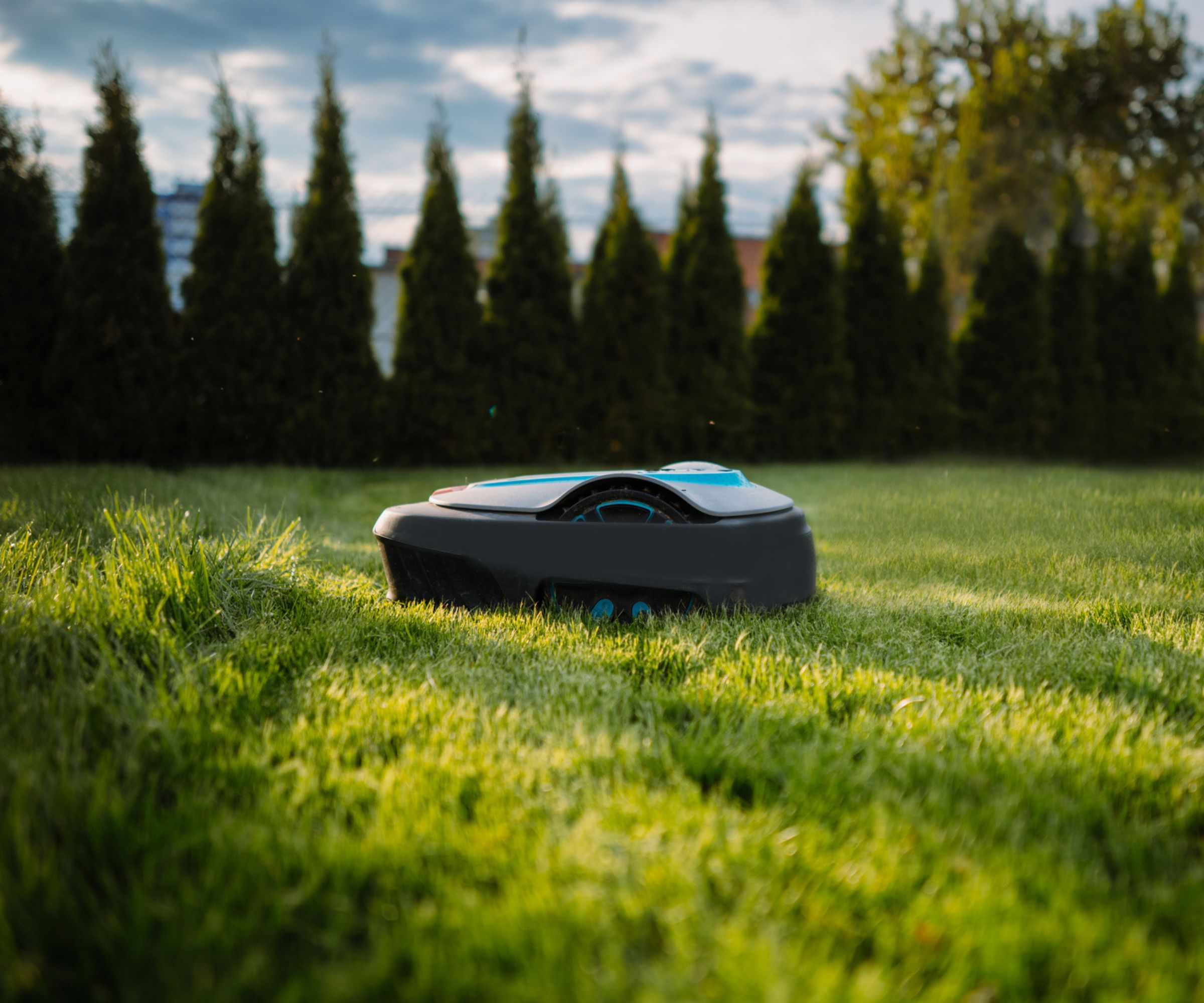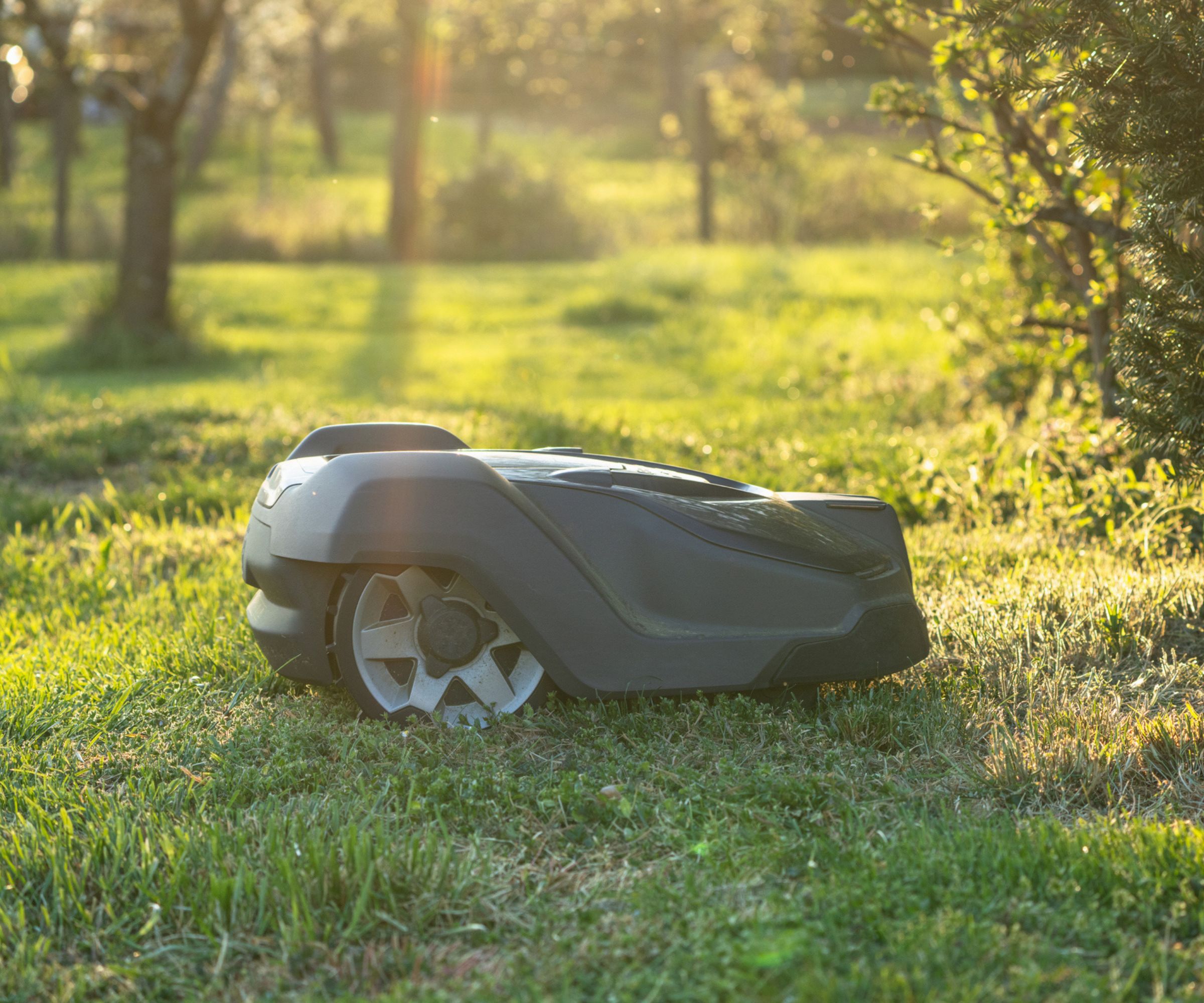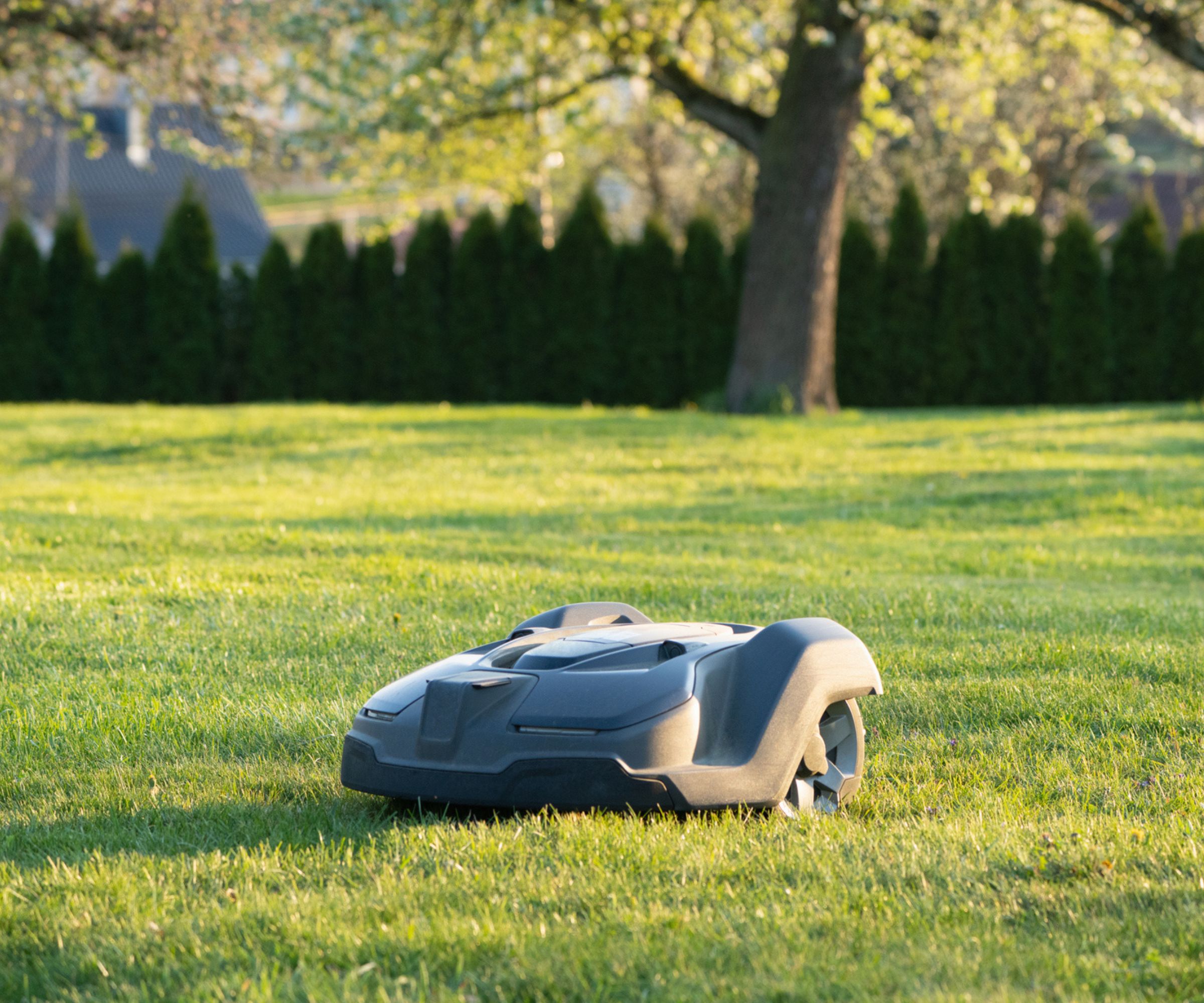
Even the best lawnmowers have a glaring drawback. You can spend thousands on a top-line model with all the fanciest features, but you still need to do all the work. A tidy lawn can be tiring and time-consuming to maintain.
Robot lawnmowers aim to resolve this. They mow the lawn automatically, so you don't have to lift a finger. They can save you hours of time and plenty of effort.
However, if it sounds too good to be true then it probably is, and there are a lot of drawbacks to robot lawnmowers. I've tested plenty of mowers over the years, and I spoke to our resident gardening expert about what you should bear in mind before you buy a robot lawn mower.
1. Perfomance

A good robot mower can give just as good a cut as a manually operated one. In fact, top-line robot mowers can give an even better cut, because you can program them to put strips and patterns in your lawn. It gives a professional finish with much less effort, and you won't have to spend money employing a landscaper. The very best models will detect how long your grass has grown and adjust their cutting programs for an even cut. Some can even detect rain and adjust their mowing schedule to cope with the moisture level in your grass.
However, the effect diminishes the larger the yard. Robot mowers usually mow in a random pattern, and they mow small areas of the yard often, which can result in a patchy finish that won't be as uniform as a large mower.
There are some technical considerations, too. Gardening expert Drew Swainston told me that: 'Most robots lack grass collectors, so they deposit the clippings straight onto the lawn. This is great for grass health because it recycles nutrients from the grass clippings straight back into the soil. However, it can mean clumps of grass clippings on your lawn, which can look untidy.'
If your kids play out on the lawn you may find that they tread grass back into the house. On top of that, it limits how you can reuse your grass clippings. Cutting grass into a grass bagger means that you can reuse the grass as the green material in your compost or as mulch, which you can't do if left out on the lawn.
Most people opt for this Husqvarna robot mower. It's quiet, gives a great cut, and is compatible with Google Home and Amazon Alexa to make your life even easier.
Worx's Landroid range is as cheap as robot mowers get before they stop giving a good cut. This is a a great mower for the money, but some users report that it isn't always accurate along boundary wires.
This premium robot mower solves two of the most common issues with robot mowers. Unlike most robots, it can handle up to 2.4 acres, and it uses GPS, so you don't need to lay any boundary wires.
2. Easy to use, hard to install

Robot mowers are much easier to use than walk-behind or ride-on mowers. They do all the work for you and let you get on with other tasks.
However, while they're eventually easy, the setup for a robot mower can be demanding. Unlike robot vacuums, which navigate with cameras and lasers, most robot mowers can't detect the edge of a lawn. To stop them from bumping into walls or driving into flower beds, most robot mowers navigate with boundary wires.
Boundary wires are laid around the edge of a lawn to mark out where it ends. The robot uses a magnetic field to detect the wire and this lets it know where to stop. However, that means you have to lay a wire all around the edges of your lawn. Depending on the size of your yard, that can mean laying hundreds of feet of wire.
If you're a keen gardener and go in and out of flowerbeds, or don't like the look of a wire around the edge of your lawn, you need to take the further step of burying the wire. This is a lot of extra work. Some robot lawn mower companies offer an installation service for free, some charge for it, and with others you have to do it yourself. It's not the most difficult chore in the world, but don't expect your robot mower to be ready to use straight out of the box.
3. Price

A robot mower could be worth it if you have the budget for a ride-on mower, but not if you're buying a push-behind mower.
Robot mowers start at $500 and top out at $2500. Most robot lawnmowers cost around $1000. This is a fair price, as it's about what you'd expect to pay for a robot vacuum of the same size. It's also about the same - or slightly less - than you'd expect to pay for a ride-on mower.
However, a ride-on tractor mower can cover a much larger distance, and it's also more versatile because you can use it to tow, aerate, spread, and even as a snowplow. A robot mower can only mow.
If money is tight, you're much better off with a small walk-behind mower. It can save you hundreds of dollars so, while you need to do the work yourself, it's a much cheaper option.
4. Hills and rough terrain

Robot mowers are well worth considering if you have hilly terrain on your lot. Because they're lightweight and low to the ground, robot mowers are surprisingly great at tackling inclines.
Husqvarna's Automower and Worx's Landroid ranges can handle hills of up to 35°, which is more than twice as much as most ride-on and walk-behind mowers. It's a much safer and more effective way to mow hills, but make sure you buy a model rated for steep inclines.
However, while robots are great on hills, they aren't always great on rough terrain. Robots can get stuck on tufts of grass and need to be freed. So, if you have a bumpy lawn, it might not be the best investment.
5. The size of your yard
If you have a large yard, it isn't worth buying a robot lawn mower. Robots tend to top out at two acres. Models that can handle larger areas tend to be commercial models, like the Husqvarna Ceora, which can handle 18 acres but costs more than $30,000.
To be fair, most American homes sit on a half-acre lot. However, if you have the money to consider buying a robot, you likely have a larger lawn. In more rural states, it's much more likely that your plot is a couple of acres. In this case, you need a ride-on mower, either a tractor mower or a zero-turn. These are better equipped to deal with large lawns.
If you have a smaller yard, however, it's worth considering. It's not worth using a ride-on mower on an acre, or half an acre, of grass, but it can take a couple of hours to tackle an acre of grass with a walk-behind. If you don't like mowing, or just want to free up some time in a busy schedule, a robot mower can be more than worth it.
Robot mower FAQ
Can robot mowers avoid obstacles?
Unfortunately, because robot mowers don't navigate with cameras or lasers, they can't detect obstacles like toys or dog messes. Robot mowers work best if there are no potential obstacles.
While there are some big drawbacks to a robot lawnmower, don't rush to pick something else. There are lots to bear in mind when buying a lawn mower, so make sure you have your acreage and budget right before you buy a new mower.







